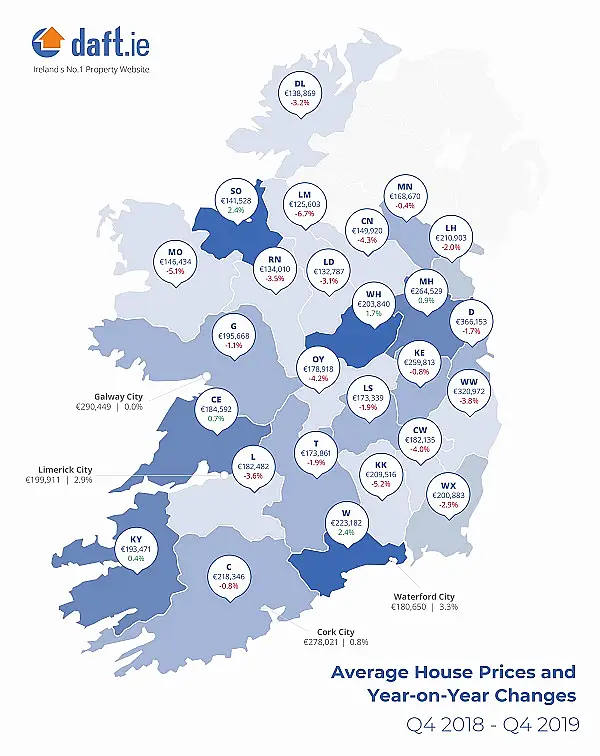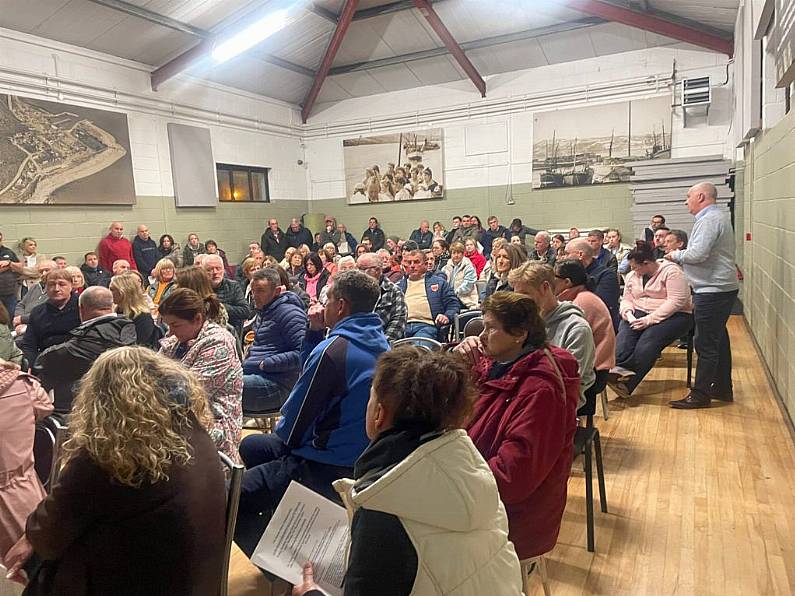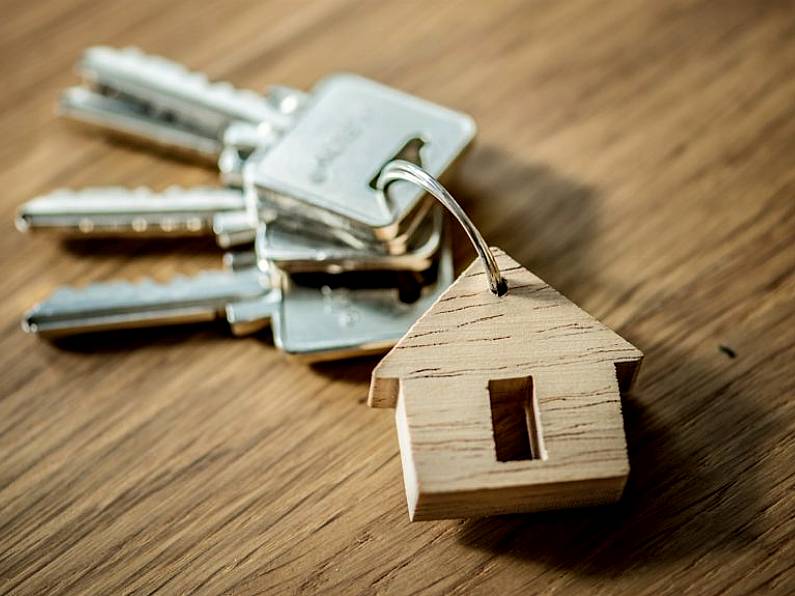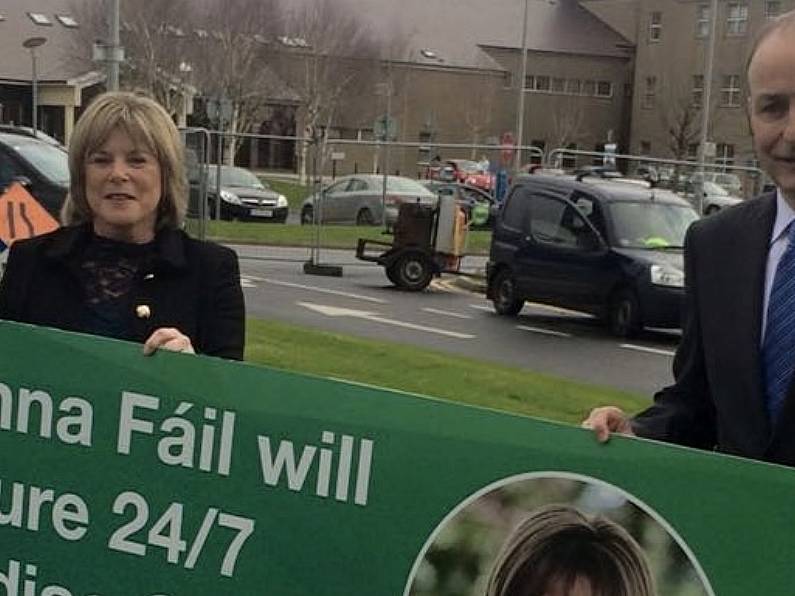The average house price in Waterford City is now €181,000. That's 72% above its lowest point.
That's according to the latest Daft.ie Sales Report which shows that prices rose by 3% compared to a rise of 9% seen a year ago.
In the rest of Waterford, prices rose by 2% to €223,000, compared to a rise of 7% the year before.

Nationally, housing prices fell by 1.2% during 2019, the first calendar year recording a fall in prices since 2012.
The average price nationwide in the final quarter of the year was €250,766, 2.4% lower than in the third quarter and 1.2% lower than a year ago.
In Dublin, prices in the third quarter of 2019 were 1% lower than a year previously, compared to a fall of 3% seen a year ago.
The average house price in the capital is now €366,000, 26% below peak levels.
Meanwhile, in Galway city, prices were unchanged on a year previously. In the other main cities, prices were higher, with year-on-year increases of 0.8% in Cork, 2.9% in Limerick and 3.3% in Waterford.
Outside the cities, prices were also falling, by between 0.8% in Munster and 2.6% in Connacht-Ulster.
Reviewing the latest figures, and the performance of the housing market over the last decade, Ronan Lyons, an economist at Trinity College Dublin and author of the Daft.ie Report said: "In the first and final quarters of the 2010s, sale prices were falling - but that is where the similarities end.
"Over the last ten years, the sales segment of Ireland's housing market has transformed, albeit slowly.
"As it enters the 2020s, there appears to be a relatively good balance between the pipeline of newly built owner-occupied housing and the number of households able to buy that housing, given constraints such as the mortgage rules.
"Where falling prices represent the ability of developers to build new homes for less, this fall is good for the country's competitiveness."
"Nonetheless, just because the sales segment is by and large in balance does not mean that Ireland's housing system is healthy.
"There remain huge issues with the other segments of the system, including private rental and social housing.
"In addition, a huge mismatch exists between the existing stock of housing, which is predominantly for households of three or more persons, and the country's housing needs, with one and two-person households not only the majority of households already but also accounting for the overwhelming majority of new households the country will add over coming decades.
"This is what policymakers need to focus on in the coming decade."












